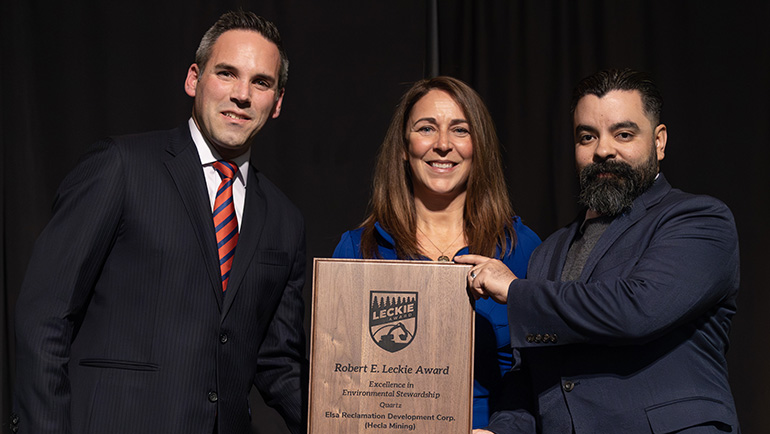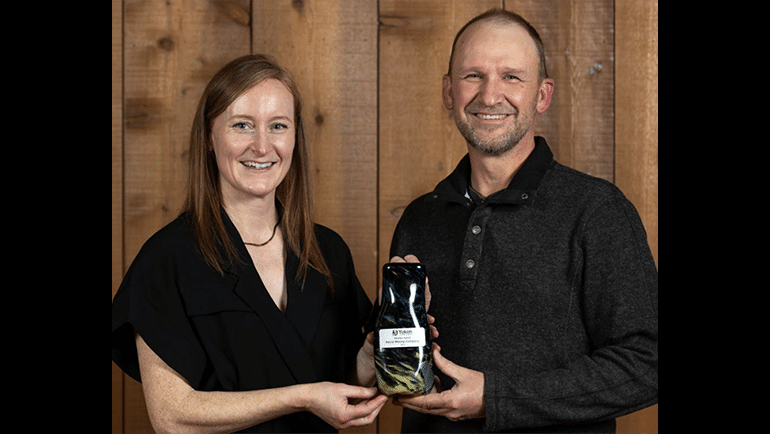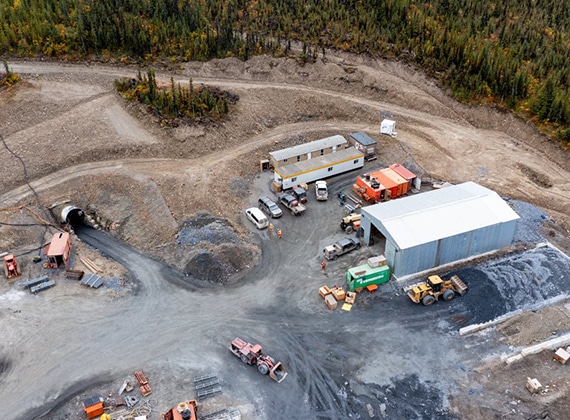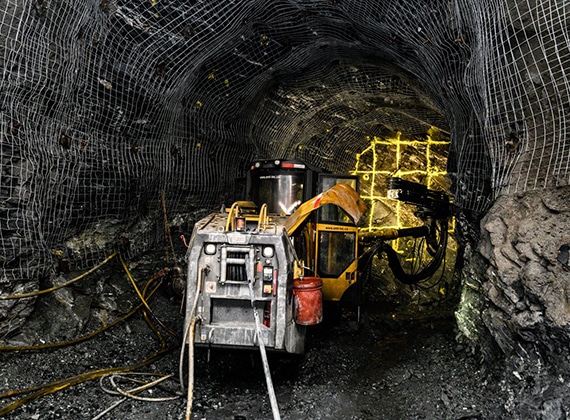Mineralization in the District is of the polymetallic silver-lead-zinc vein type where multiple pulses of hydrothermal fluids or fluid boiling, probably related to repeated reactivation and breccia formation along the host fault structures, have formed a series of vein stages with differing mineral assemblages and textures. Supergene alteration may have further changed the nature of the mineralogy in the veins. Much of the supergene zone may have been removed due to glacial erosion. In general, common gangue minerals include (manganiferous) siderite and, to a lesser extent, quartz, and calcite. Silver predominantly occurs in argentiferous galena and argentiferous tetrahedrite (freibergite).
In some assemblages, silver is also found as native silver, in polybasite, stephanite, and pyrargyrite. Lead occurs in galena and zinc in sphalerite, which can be either an iron-rich or iron-poor variety. Other sulphides include pyrite, pyrrhotite, arsenopyrite, and chalcopyrite. The Keno Hill mining camp has long been recognized as a polymetallic silver-lead-zinc vein district with characteristics similar to other well-known mining districts in the world.

















